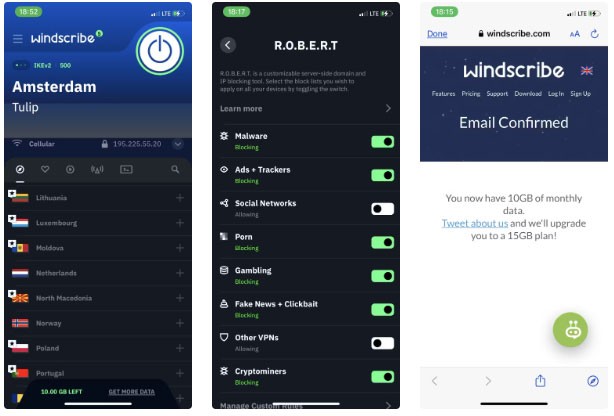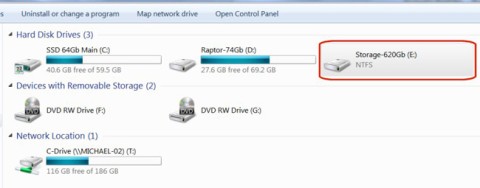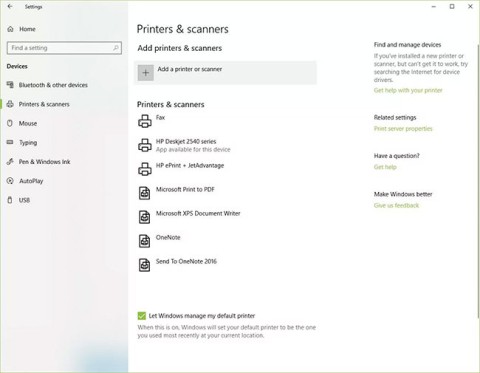The Best Diets for Heart Health

In addition to regular exercise and not smoking, diet is one of the best ways to protect your heart. Here are the best diets for heart health.
What is OpenDNS?
OpenDNS is a domain name resolution service that allows users to access the internet more securely. With features such as anti-phishing, optional content filtering, and DNS lookups in their DNS servers.
OpenDNS differs from ISP DNS services by providing Internet users with more options and security features based on cloud computing technology. Every day, OpenDNS processes approximately 100 billion daily DNS queries from 85 million users through 25 data centers around the world.

You can completely do not need to install software and completely set up with custom filter options or no configuration to use OpenDNS. In which Parental Control is a feature integrated on OpenDNS, this feature helps users filter out all connected network devices, thereby preventing information theft from hackers.
OpenDNS has very fast resolution due to its large cache located in many places around the world. The reliability of the self-healing network is built-in with redundancy. OpenDNS has two services, a free service with ads and a more premium package.
Businesses often opt for the premium service plan which is ad-free, and OpenDNS' premium service also provides reports on how Internet resources are used.
Advantages of OpenDNS

How to configure OpenDNS

On Windows Computer:
Windows 10:
Windows 7:
On macOS
On smartphone
iOS (iPhone/iPad):
Android:
In addition to regular exercise and not smoking, diet is one of the best ways to protect your heart. Here are the best diets for heart health.
Diet is important to our health. Yet most of our meals are lacking in these six important nutrients.
At first glance, AirPods look just like any other true wireless earbuds. But that all changed when a few little-known features were discovered.
In this article, we will guide you how to regain access to your hard drive when it fails. Let's follow along!
Dental floss is a common tool for cleaning teeth, however, not everyone knows how to use it properly. Below are instructions on how to use dental floss to clean teeth effectively.
Building muscle takes time and the right training, but its something anyone can do. Heres how to build muscle, according to experts.
The third trimester is often the most difficult time to sleep during pregnancy. Here are some ways to treat insomnia in the third trimester.
There are many ways to lose weight without changing anything in your diet. Here are some scientifically proven automatic weight loss or calorie-burning methods that anyone can use.
Apple has introduced iOS 26 – a major update with a brand new frosted glass design, smarter experiences, and improvements to familiar apps.
Yoga can provide many health benefits, including better sleep. Because yoga can be relaxing and restorative, its a great way to beat insomnia after a busy day.
The flower of the other shore is a unique flower, carrying many unique meanings. So what is the flower of the other shore, is the flower of the other shore real, what is the meaning and legend of the flower of the other shore?
Craving for snacks but afraid of gaining weight? Dont worry, lets explore together many types of weight loss snacks that are high in fiber, low in calories without making you try to starve yourself.
Prioritizing a consistent sleep schedule and evening routine can help improve the quality of your sleep. Heres what you need to know to stop tossing and turning at night.
Adding a printer to Windows 10 is simple, although the process for wired devices will be different than for wireless devices.
You want to have a beautiful, shiny, healthy nail quickly. The simple tips for beautiful nails below will be useful for you.













